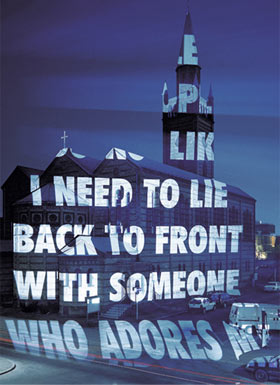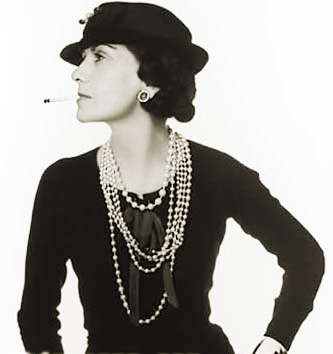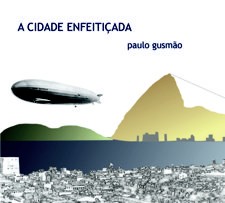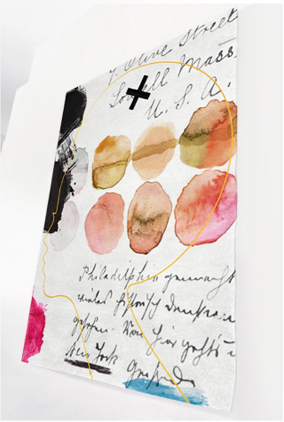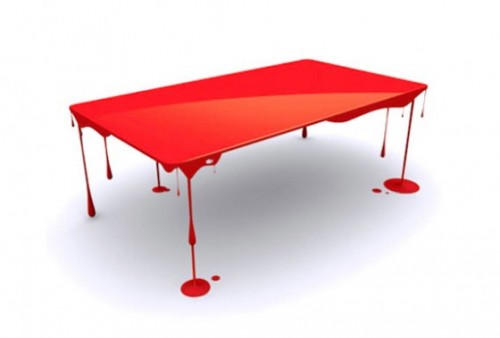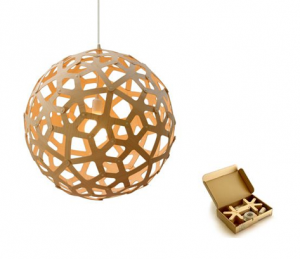The strength and beauty of words
Born in Ohio in 1950, Jenny Holzer is an artist who, over the past three decades, has been consolidating a beautiful and impressive work in the visual arts. In spite of her flirting with the abstract arts at the beginning of her career in the late 70’s, when she moved to New York, Holzer chose the word as the driving force of her work, and began to use non-conventional media such as billboards, LED panels and lighting projections to convey both dimensions that make up a word: form and content.
The texts used have different origins: many of them are her own writings, others are internationally known poems, others are even extracted from governmental documents. But Holzer uses this diversity to work in a single line, which speaks of universal values and establishes counterpoints that deeply touch us all: the public and the private, the political body and the physical body, the universal and particular.
More impressive, however, is Holzer’s counterpoint between form and content: we see, at one time, sensitivity and strength, gigantism and fluidity, frailty and perennity – all with a plastic result of unarguable beauty.
It is impossible to stand indifferent when faced with one of Holzer’s pieces of artwork. The strength of her words beautifully invades our eyes, our minds and our souls.
To learn more: www.jennyholzer.com
“ProtectProtect”, Jenny Holzer Exhibition at Whitney Museum, NYC, 2009 (video)
